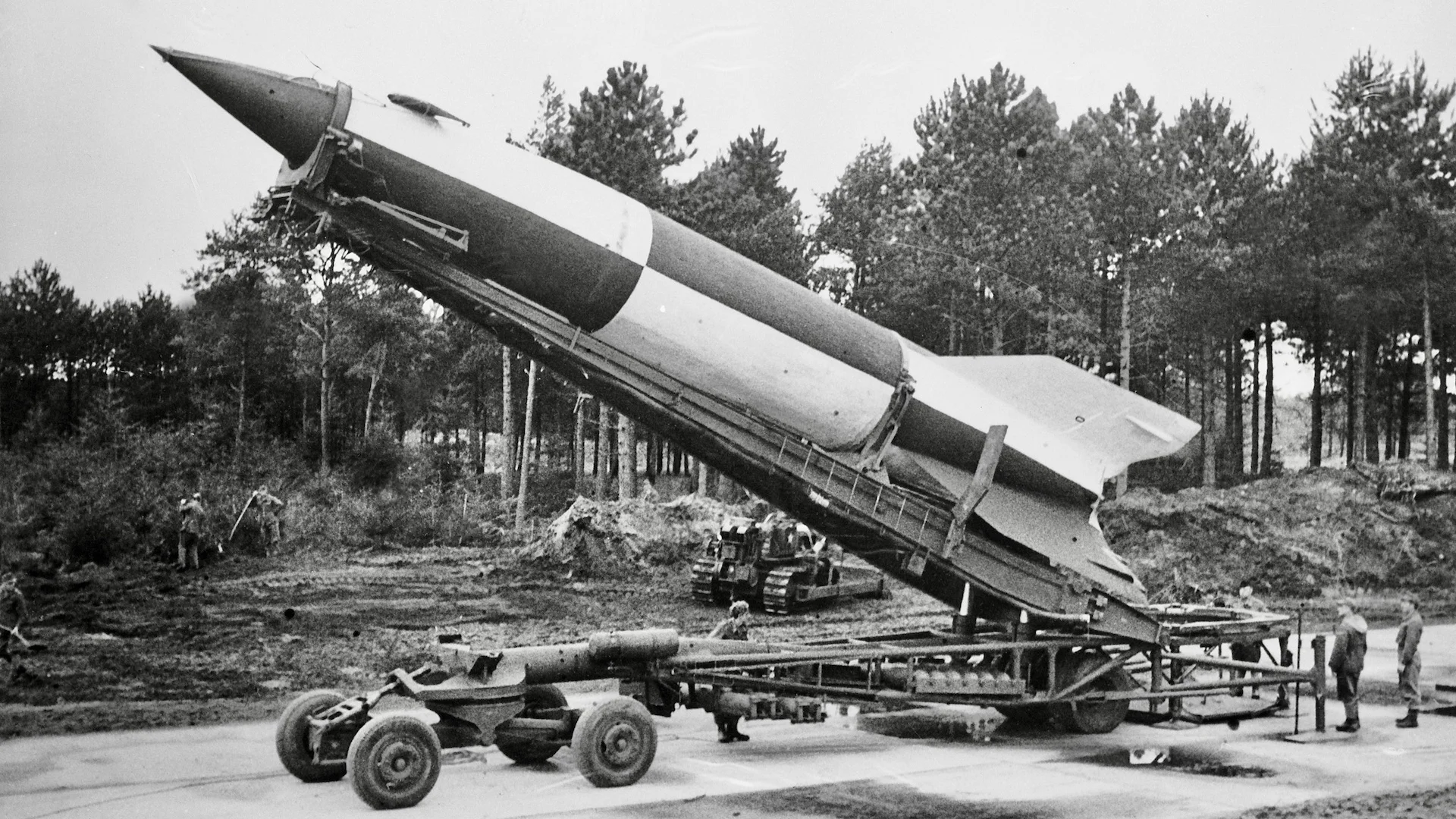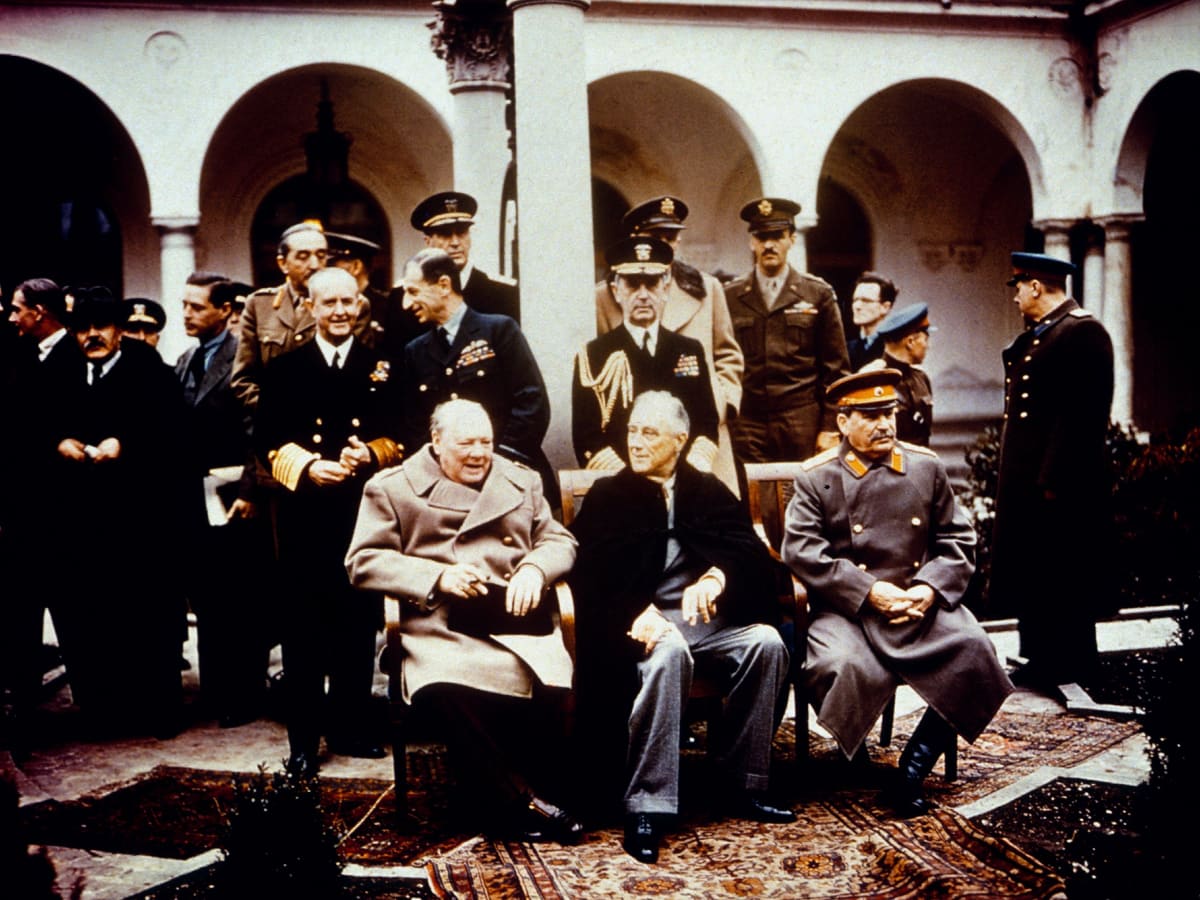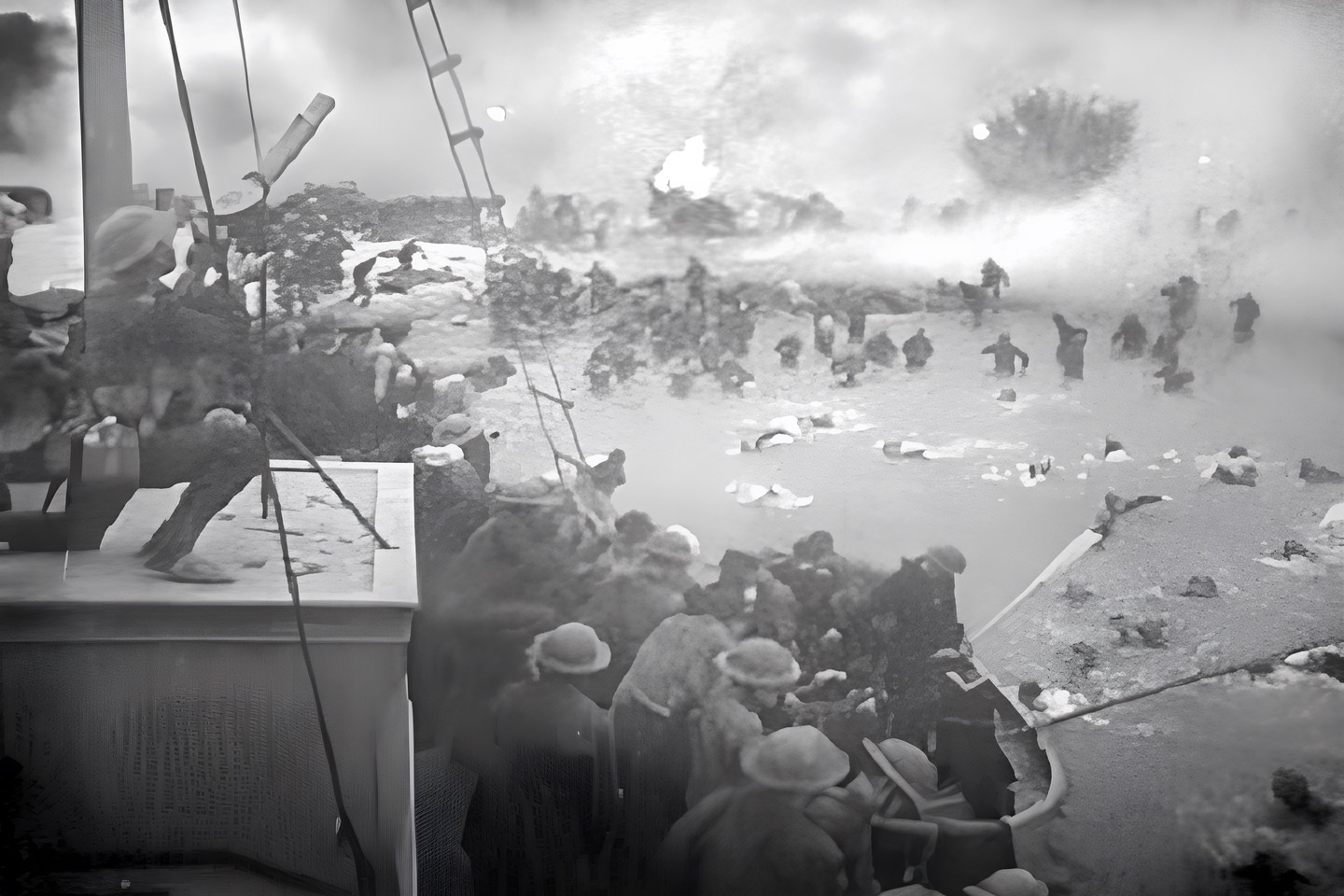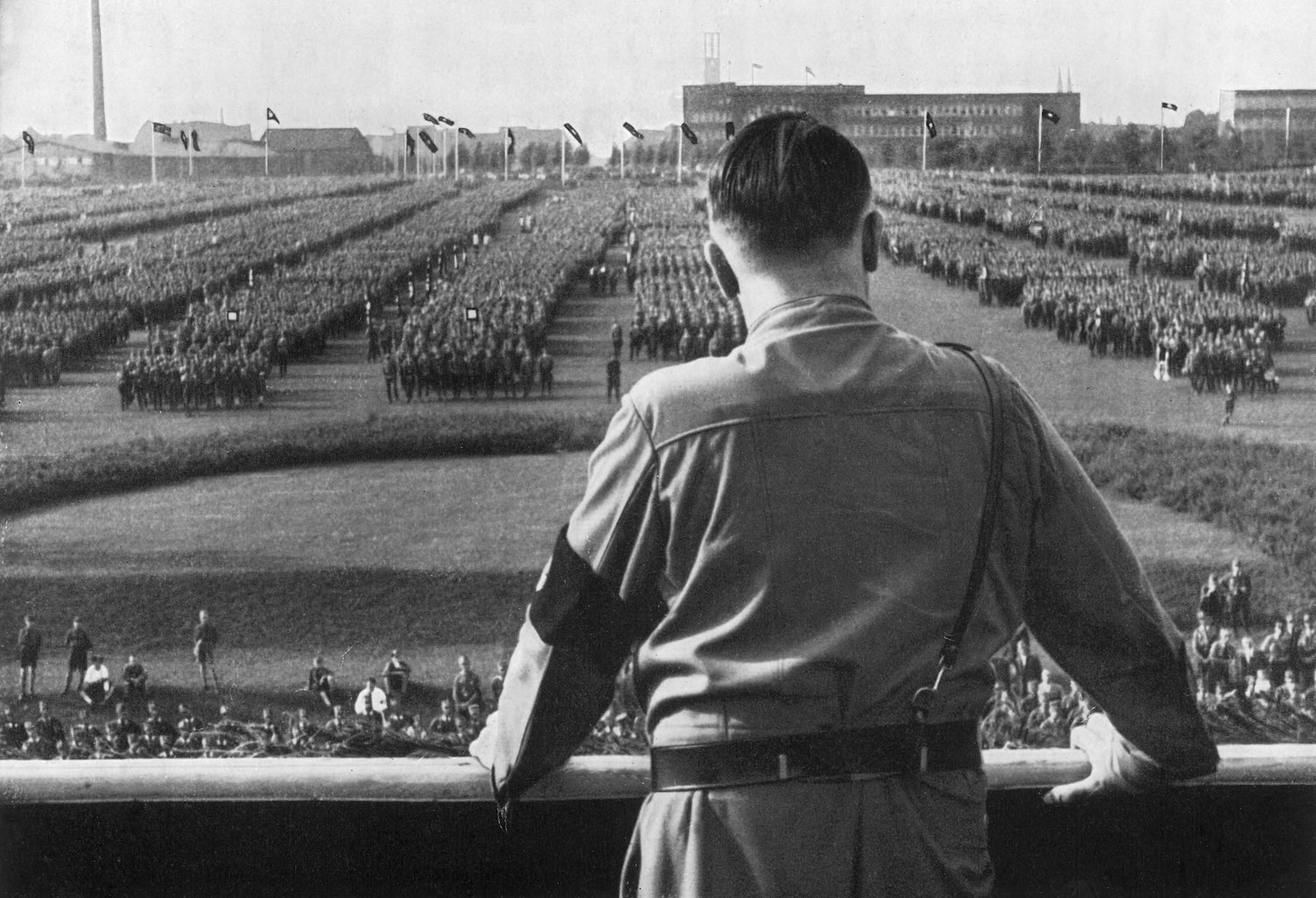On this night in August of 1943, over 600 Royal Air Force (RAF) bombers dropped their lethal payload over the northern edge of the island of Usedom. Peenemünde was the intended objective of the assault. In the quiet fishing town, the Army Experimental Station (HVA) and the Air Force’s “Peenemünde-West” testing facility were established, making them the two greatest secret projects of the National Socialists.
- A fatal pact with the National Socialists
- Decapitating the multi-headed monster
- The British receive information about a German secret weapon
- A successful deception maneuver
- A momentous mix-up
- Leading scientists die; von Braun survives
- Tragic consequences for forced laborers
- As many people are killed in production as in actual combat
- Feared “wonder weapon”
- Von Braun goes to the USA and continues to develop rockets
A fatal pact with the National Socialists
In 1936, Wernher von Braun, a pioneer in the field of rocketry, directed a team of scientists to begin developing rockets for military use. The engineer, who was both musically and scientifically talented, had always hoped to launch a rocket to the moon. In Peenemünde, von Braun, motivated by opportunism, establishes a disastrous alliance with the National Socialists, who give him almost limitless funding for his research.
Decapitating the multi-headed monster
The British effort, codenamed “Operation Hydra”, was aimed primarily at Von Braun and the other scientists. The monster, or Nazi rocket program, was to have its head severed in homage to the Greek story. The innovative weapons the British feared had to be eliminated before they could be employed in serial combat. The rockets’ performance seemed to be quite massive. Space was first reached by a huge “Aggregat 4” rocket in 1942, which was launched from Peenemünde. To counteract Allied air strikes, Nazi propaganda rechristened the “Aggregat 4” as the “Vergeltungswaffe” 2 (V2).
The British receive information about a German secret weapon
As early as 1939, the British received proof that the Wehrmacht intended to use rockets as part of its arsenal. The British needed to know precisely what they were going for and where it was before they could launch their surprise assault on Adolf Hitler‘s rocket production. The volume of ambiguous evidence, however, was too much to process. There were a lot of reports of him just sitting around doing nothing. Other reports have been discounted as frauds by the British defense, presumably by German counterintelligence. British aerial photographers were able to zero in on their objective, Peenemünde, with the aid of cutting-edge imaging gear. The assault may now commence.
A successful deception maneuver
On that August evening, the procedure went well. For bomber squadrons had previously flown over the island in the nights before, air alarms were sounded on the ground, but instead of dropping their bombs over the Army Experimental Station, the bombers eventually struck Berlin, proving the effectiveness of the initial deception tactic.
On the night of August 17-18, as the bombers once again headed for Peenemünde, most German interceptors were sent to the Berlin region, and the HVA officials at Peenemünde relaxed in the knowledge that they were secure. People might laugh about the purportedly repeated false alert rather than immediately heading to the bunkers.
A momentous mix-up
The attackers, however, were humans too, and they made some blunders. Despite the full moon’s helpful visibility in pinpointing the attack’s timing, the so-called pathfinders had a hard time finding their bearings due to the thin cloud cover and the ground’s fog lights. These “target marks” misled mariners into thinking the northern tip of Peenemünde was the true point of direction, whereas in fact it was the island of Ruden, which was located north of Usedom. It moves the whole assault south by nearly three kilometers.
Leading scientists die; von Braun survives
The living quarters of the scientists and the forced workers were destroyed along with the research and manufacturing facilities. The Historisch-Technisches Museum Peenemünde estimates that 700 individuals, including scientists, residents, and the vast majority of forced workers, were killed in the assault. Both the head of engine development, Walther Thiel, and the operations director of the development facility, Erich Walther, were killed in the attack.
Fortunately for us, von Braun was hiding in a bunker close to the design office and was unharmed by the bombardment. The operation was only partially successful from a military standpoint. The “V2” had been developed to a significant degree by this time, and building plans had been contracted out. On October 6, less than two months after the first strike, a second “V2” rocket blasts out of Peenemünde.
Tragic consequences for forced laborers
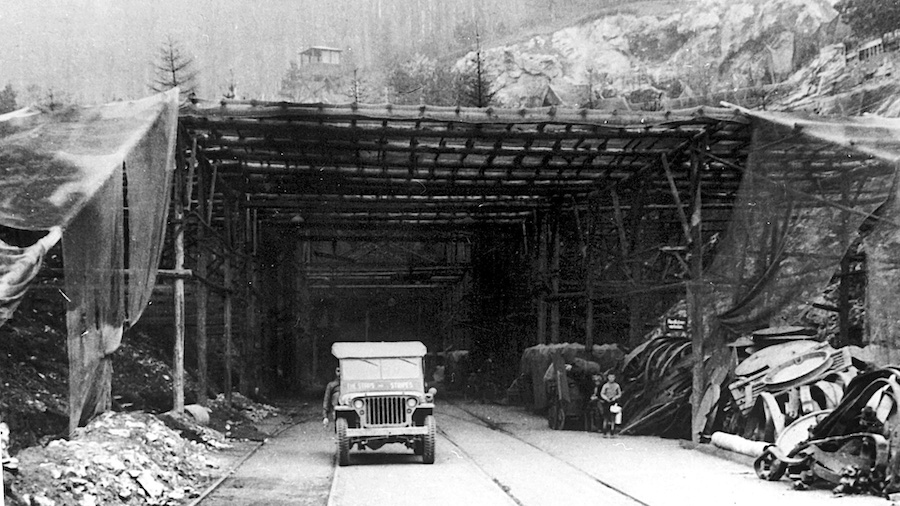
About 500 people were murdered in the airstrike at the Trassenheide community camp. For the roughly 2,500 forced laborers who had been deployed from the Karlshagen I and II camps since May 1943, the bombardment had significantly more far-reaching implications. As soon as practicable, the decentralized transfer of “V2” production to subterranean facilities that had been planned was put into action. Some of it would be sent to the subterranean Mittelbau-Dora facility in the town of Nordhausen, where workers were subjected to appalling circumstances.
As many people are killed in production as in actual combat
During the “V2” production, around 12,000 individuals were killed in the subcamps of the concentration camps and in the tunnels underneath them. Between 8,000 and 12,000 people were killed in wartime “V2” attacks on London and Antwerp. The vast majority of these victims were innocent bystanders. It follows that the manufacturing of the “V2” results in more fatalities than the weapon itself does.
Feared “wonder weapon”
Over the course of two years, from September 1943 to March 1945, over 3,200 “V2” rockets were launched. While Peenemünde was also responsible for the development of the flying bomb Fi-103 (“V1”), the “V2,” which stood about 14 meters in height and carried roughly 750 kg of explosives, lacked any kind of defense or early warning system. As a result, extreme fear was generated among the general public. However, the “V2” did not live up to the expectations of the German military. The so-called “wonder weapon” ends up not changing anything about the outcome of the battle.
Von Braun goes to the USA and continues to develop rockets

“V2” rockets were captured by the Allies after World War II ended. As the East-West war escalated, the United States and the Soviet Union were both eager to recruit German rocket scientists and engineers. Von Braun had joined the NSDAP in 1938 and subsequently became an SS-Sturmbannführer, but the Nazi scientist and rocket engineer soon found himself working for NASA on the Saturn V “moon rocket.” The 1969 moon landing was the fulfillment of a lifetime goal for the rocket scientist.
Bibliography:
- Ramsey, Syed (2016). Tools of War: History of Weapons in Modern Times. Vij Books India Pvt Ltd. ISBN 978-93-86019-83-7.
- Hewlett, Richard G.; Duncan, Francis (1969). Atomic Shield, 1947–1952. A History of the United States Atomic Energy Commission. Vol. 2. University Park, Pennsylvania: Pennsylvania State University Press. p. 180.
- V-2: Nazi Rocket Details Are Finally Revealed”. LIFE. Vol. 17, no. 26. 25 December 1944. pp. 46–48
- Jones, R. V. (1998) [1978]. Most Secret War (pbk. Wordsworth Editions, Ware ed.). London: Hamish Hamilton. ISBN 978-1-85326-699-7.
- Middlebrook, M. (2006) [1982]. The Peenemünde Raid: The Night of 17−18 August 1943 (pbk. Pen & Sword, Barnsley ed.). London: Allen Lane. ISBN 978-1-84415-336-7.
- Neufeld, Michael J. (1995). The Rocket and the Reich: Peenemünde and the Coming of the Ballistic Missile Era. New York: The Free Press. ISBN 9780029228951.


